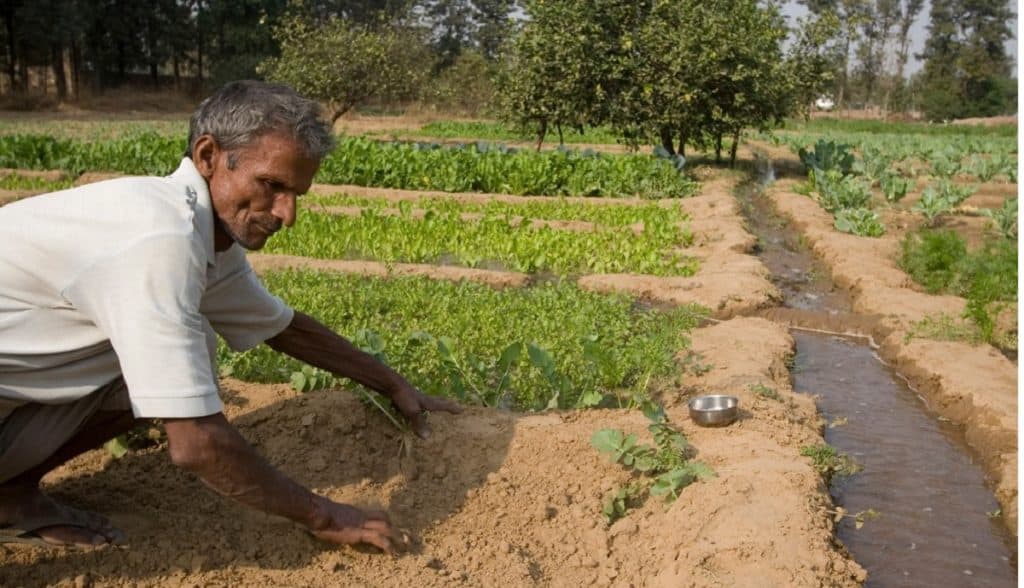Following the lockdown, farmers are struggling to trade and harvest Rabi crop without migrant laborers. As a result, the perishable rabi harvest is accumulating at the mandis. Thus, levitating an impossible task to farmers that will face losses if the lockdown restriction impose further trouble for farmers.
Although agriculture sector has been given a green light to continue working during lockdown but the farmers are facing a lot of trouble from the police authorities. In addition, without migrant workers harvesting, loading, unloading and transportation of crops is causing many hindrances.
Lockdown Affecting the Farming Sector
Good monsoon in 2019 predicted a good rabi crop harvest with an estimate of 134 million tonnes production. However, due to logistics commotion and lack of labor because of lockdown, the crop will wither in fields. Further, the horticulture crops from Andhra Pradesh face losses as they can’t transport it to Mumbai. Besides, these losses add on when they aren’t giving farmers enough time for Kharif crop preparation. Accordingly, late harvest suggests lesser yield and thereby disrupting the supply chain.
Lower Prices Paid to Farmers Amid Lockdown
The retail onion price is 40 per kg while they are available at 20 per kg at the mandis in Azadpur. In the case of Potatoes and tomatoes, they follow a similar fashion. Further, few fresh vegetables like cauliflower and potatoes sustain while tomatoes do not thereby their prices subdue. In the case of ladyfinger was down by 56% and tomato was down by 36% in Karnataka. On the other hand, prices were high in Dehradun, Agra, Uttar Pradesh, and Uttarakhand.
Government’s Action to Facilitate Smooth Flowing of Rabi Crop Harvest
To ensure that farmers will not face any losses from the hostile fall out during the pandemic lockdown, Government has taken several steps. For instance, the center encourages smart sampling techniques. Similarly, to conduct crop cutting experiments (CCEs) and crop loss analysis for Rabi crops. Further, the Department of Agriculture Cooperation and Farmers Welfare conducts meeting with states and Insurance companies for appraisal of the claim payment status.
That apart, the insurance companies are advised to provide farm insurances regarding the losses. Also, the Phytosanitary Certification is being offered as per usual to plant and plant products to encourage export and import. Most importantly, to facilitate the smooth flow of rabi crop harvest the Kisan Call Centres are functional at 21 locations. Additionally, the MNREGA scheme is functional in full force. Subsequently, these calls direct the calls to the farm Tele-Advisors that are working from home. Thus, ensuring that the farmers get the necessary advice for their harvest.
Conclusion
The government has put in plenty of effort to ensure that the agricultural sector does not face hurdles. For instance, the cold storage units are utilized to their maximum capacity to store rabi crops. Further, relaxation on the transport of agricultural commodities to ensure distribution. However, these are still not sufficient. Hence, the government is striving to assist the farmers with their tasks.

